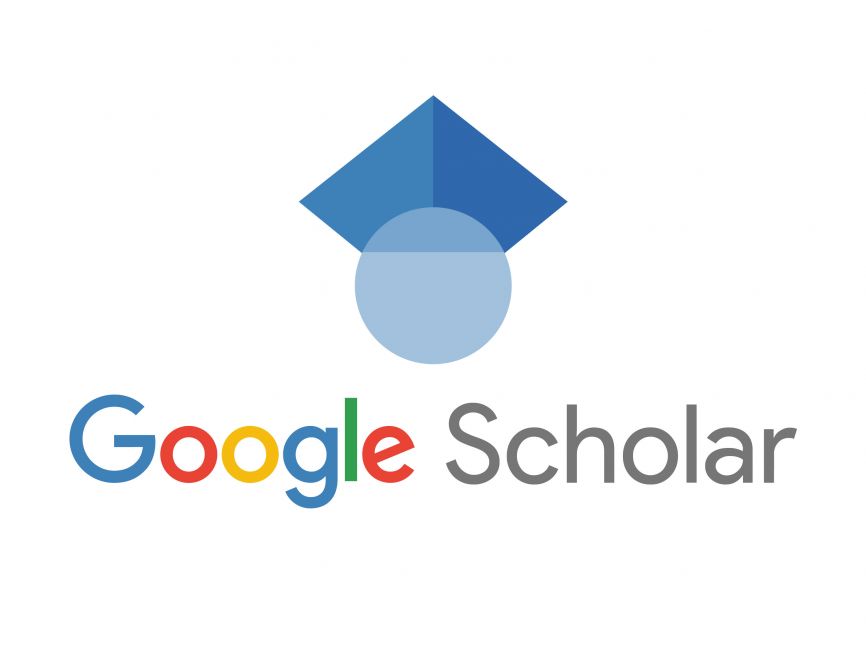Effects of asymmetry in Kondo channels on thermoelectric efficiency
Author affiliations
DOI:
https://doi.org/10.15625/0868-3166/21659Abstract
We revisit an asymmetric two-channel charge Kondo model, which has been studied in the [Phys. Rev. B 82 (2010) 113306]. A nano-device modelling two-channel Kondo physics is a large metallic quantum dot which is embedded into a two-dimensional electron gas (2DEG) and connected strongly to two electrodes through two almost transparent single-mode quantum point contacts. The 2DEG is in the integer quantum Hall regime [Z. Iftikhar et al., Nature (London) 526 (2015) 233]. The reflection amplitudes at the quantum point contacts are asymmetric. We find that the thermopower and the figure of merit are decreased but the Kondo resonance width and Lorenz number in the vicinity of the Coulomb peak are lifted due to the effects of asymmetry in Kondo channels. We propose the method to improve the thermoelectric efficiency of the device.
Downloads
References
[1] T. J. Seebeck, Über den Magnetismus der galvanischen Kette, Abh. Akad. Wiss. Berlin 1820-21 (1822) 289.
[2] J. F. Li, W.S. Liu, L.D. Zhao, M. Zhou, High-performance nanostructured thermoelectric materials, NPG Asia Mater. 2 (2010) 152.
[3] Y. Du, K. F. Cai, S. Chen, H. Wang, S. Z. Shen, R. Donelson, T. Lin, Thermoelectric fabrics: toward power generating clothing, Sci. Rep. 5 (2015) 6144.
[4] A. J. Minnich, M. S. Dresselhaus, Z. F. Ren, G. Chen, Bulk nanostructured thermoelectric materials: current research and future prospects, Energy Environ. Sci. 2 (2009) 466.
[5] G. Benenti, G. Casati, K. Saito, and R. Whitney, Fundamental aspects of steady-state conversion of heat to work at the nanoscale, Phys. Rep. 694 (2017) 1.
[6] D. B. Karki, Coulomb blockade oscillations of heat conductance in the charge Kondo regime, Phys. Rev. B102 (2020) 245430.
[7] Single Charge Tunneling: Coulomb Blockade Phenomena in Nanostructures, H. Grabert and M. H. Devoret, Plenum Press, New York (1992).
[8] K. Flensberg, Capacitance and conductance of mesoscopic systems connected by quantum point contacts, Phys. Rev. B 48 (1993) 11156.
[9] K. A. Matveev, Coulomb blockade at almost perfect transmission, Phys. Rev. B 51 (1995) 1743.
[10] A. Furusaki, K. A. Matveev, Theory of strong inelastic cotunneling, Phys. Rev. B 52 (1995) 16676.
[11] A. V. Andreev, K. A. Matveev, Coulomb blockade oscillations in the thermopower of open quantum dots, Phys.
Rev. Lett. 86 (2001) 280; Thermopower of a single-electron transistor in the regime of strong inelastic cotunneling, Phys. Rev. B 66 (2002) 045301.
[12] Z. Iftikhar, S. Jezouin, A. Anthore, U. Gennser, F. D. Parmentier, A. Cavanna and F. Pierre, Two-channel Kondo effect and renormalization flow with macroscopic quantum charge states, Nature 526 (2015) 233.
[13] Z. Iftikhar, A. Anthore, A. K. Mitchell, F. D. Parmentier, U. Gennser, A. Ouerghi, A. Cavanna, C. Mora, P. Simon, and F. Pierre, Tunable quantum criticality and super-ballistic transport in a “charge” Kondo circuit, Science 360 (2018) 1315.
[14] A. Hewson, The Kondo Problem to Heavy Fermions, Cambridge Studies in Magnetism, Cambridge University Press, Cambridge, 1993.
[15] P. Nozières and A. Blandin, Kondo effect in real metals, J. Phys. France 41 (1980) 193.
[16] L. D. Landau, The Theory of a Fermi Liquid, Sov. Phys. JETP 3 (1957) 920.
[17] T. K. T. Nguyen, M. N. Kiselev, and V. E. Kravtsov, Thermoelectric transport through a quantum dot: Effects of asymmetry in Kondo channels, Phys. Rev. B 82 (2010) 113306.
[18] R. Scheibner, H. Buhmann, D. Reuter, M. N. Kiselev, and L. W. Molenkamp, Thermopower of a Kondo spincorrelated quantum dot, Phys. Rev. Lett. 95 (2005) 176602.
[19] T. K. T. Nguyen and M. N. Kiselev, Seebeck effect on a weak link between Fermi and non-Fermi liquids, Phys. Rev. B 97 (2018) 085403.
[20] T. K. T. Nguyen and M. N. Kiselev, Heat conductance oscillations in two weakly connected charge Kondo circuits, Commun. Phys. 32, 331 (2022).
[21] T. K. T. Nguyen, H. Q. Nguyen, and M. N. Kiselev, Thermoelectric transport across a tunnel contact between two charge Kondo circuits: Beyond perturbation theory, Phys. Rev. B 109 (2024) 115139.
[22] L. Onsager, Reciprocal relations in irreversible processes. I., Phys. Rev. 37, 405 (1931); L. Onsager, Reciprocal relations in irreversible processes. II., Phys. Rev. 38 (1931) 2265.
[23] G. D. Mahan and J. O. Sofo, The best thermoelectric, Proc. Natl. Acad. Sci. USA 93 (1996) 7436.
[24] M. N. Kiselev, Generalized Wiedemann-Franz law in a two-site charge Kondo circuit: Lorenz ratio as a manifestation of the orthogonality catastrophe, Phys. Rev. B 108 (2023) L081108.
Downloads
Published
How to Cite
Issue
Section
License
Communications in Physics is licensed under a Creative Commons Attribution-ShareAlike 4.0 International License.
Copyright on any research article published in Communications in Physics is retained by the respective author(s), without restrictions. Authors grant VAST Journals System (VJS) a license to publish the article and identify itself as the original publisher. Upon author(s) by giving permission to Communications in Physics either via Communications in Physics portal or other channel to publish their research work in Communications in Physics agrees to all the terms and conditions of https://creativecommons.org/licenses/by-sa/4.0/ License and terms & condition set by VJS.











